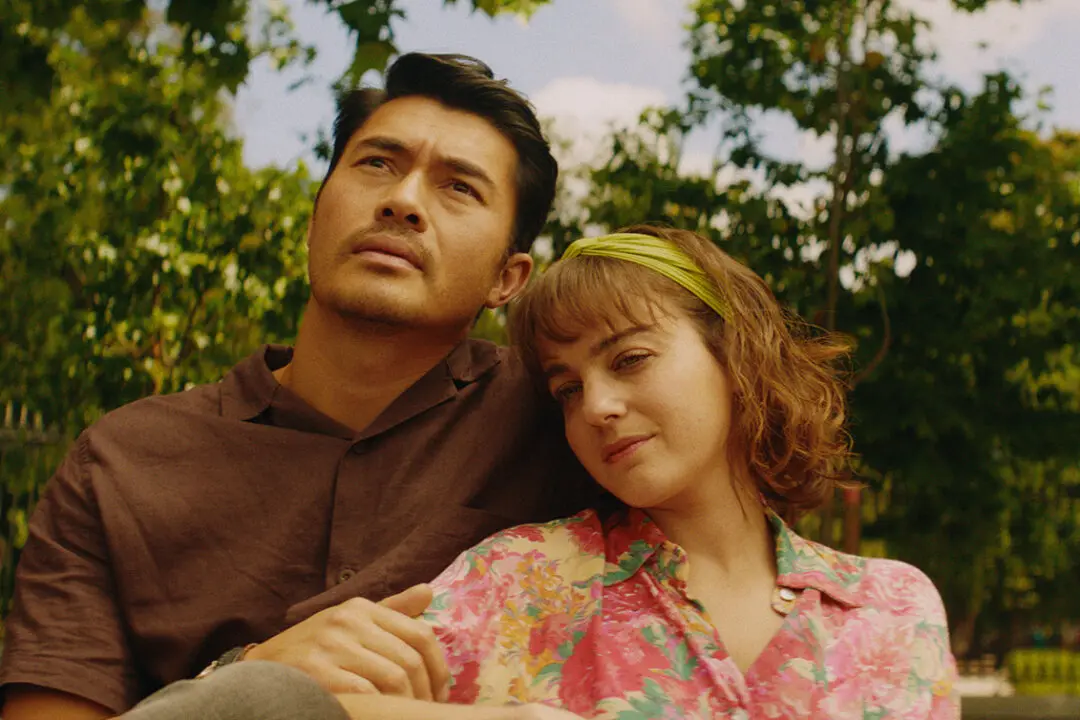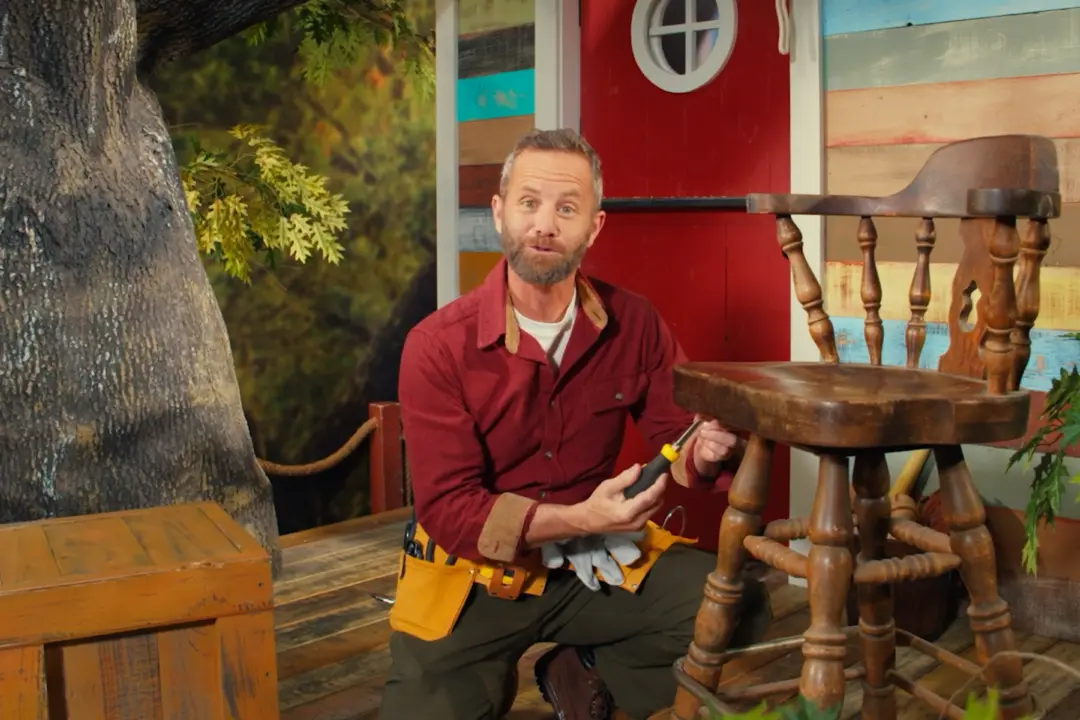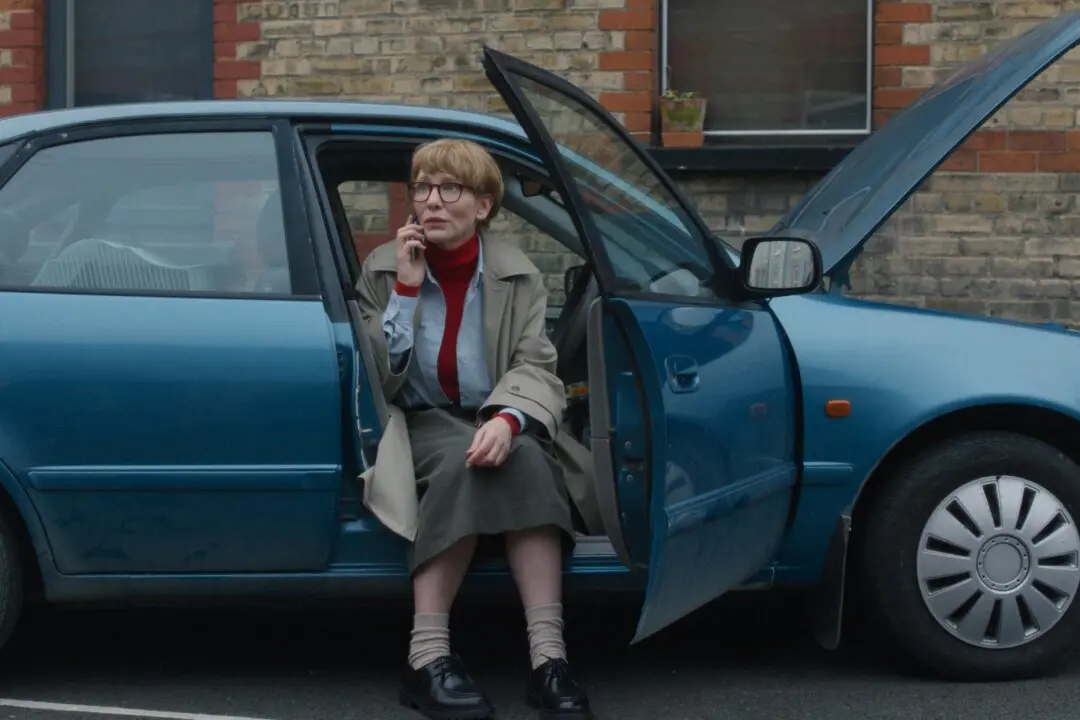In March 2020, multiple businesses and entire industries all over the globe were shuttered or put under severe operational restrictions due to COVID. These included but were not limited to airlines, automobile factories, restaurants, retail stores of all sorts, fitness clubs, salons, travel agencies, stage theaters, and brick-and-mortar movie theaters.
|Updated:
Originally from the nation's capital, Michael Clark has provided film content to over 30 print and online media outlets. He co-founded the Atlanta Film Critics Circle in 2017 and is a weekly contributor to the Shannon Burke Show on FloridaManRadio.com. Since 1995, Clark has written over 5,000 movie reviews and film-related articles. He favors dark comedy, thrillers, and documentaries.
Author’s Selected Articles





